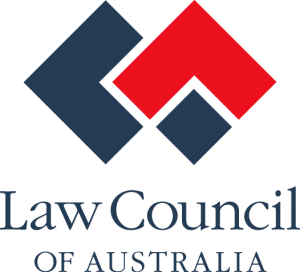- TAX LAWYERS, TAX ADVISORY, TAX COMPLIANCE, EXPATS - SYDNEY, BRISBANE, MELBOURNE, CANBERRA
- 1300 334 518
- admin@waterhouselawyers.com.au
How does the ATO use a garnishee notice?
Tax Debt
How does the ATO use a garnishee notice?
A garnishee notice is just one of the many tools that the ATO can use to collect tax debts.
If you owe the ATO money and haven’t been able to successfully negotiate a payment plan, then the ATO may use garnishee notices as a way to get paid.
A garnishee notice is issued to a third party who holds money for you, or who owes you money. The notice requires that person to pay ‘your money’ to the ATO to satisfy your tax debt.
For example, garnishee notices can be issued to:
- your bank – allowing access to your savings accounts or even your credit card merchant facilities.
- your employer – to access your wages. Generally, this is only up to a maximum of 30% of your wages, unless you have another source of income.
- your clients – if they owe you money, the ATO can require the client to pay the money directly towards your tax debt.
- the purchaser of your home – this generally means that the equity in your home must be paid to the ATO, not to you or to the seller of a new home you are buying.
- a company in which you hold shares, so that any dividends payable are paid to the ATO.
If you run a business, the ATO will send you a notice that it intends to issue a garnishee notice, before it sends it to the person holding your funds. If you receive this warning, you should act on it quickly; it is your chance to plead your case to the ATO and try to find an alternative, before losing control of your cash flow and suffering the embarrassment that comes with those you deal with receiving a garnishee notice.
Some garnishee notices require the recipient to comply either until all of your tax debt has been paid, or the ATO withdraws the notice. The ATO is only likely to withdraw a notice where an alternative arrangement has been entered into (e.g. a payment plan is agreed, or a dispute about the tax debt is settled under a Settlement Deed).
There are some limitations on what the ATO can do with a garnishee notice, such as:
- Centrelink payments, or Department of Veterans’ Affairs payments, will not be garnisheed.
- if you are in the process of a court appeal or AAT appeal in which you are disputing the assessment under which you owe the tax debt, then the ATO will have to consider whether the garnishee of funds would prejudice your ability to pursue the appeal.
- notices served on superannuation funds are only effective when your member benefits are payable under the superannuation rules (e.g. retirement or death).
About Waterhouse Lawyers
We are specialist tax disputes lawyer with over a decade of experience in dealing with the ATO.
We’ve helped many clients to deal with their tax debt, even after the ATO has started debt collection processes. We have helped clients to avoid bankruptcy by reducing their tax debt and successfully negotiating payment plans with the ATO. We have also helped clients to object to tax assessments and negotiate the withdrawal of improperly issued court summonses.
We work with clients all over Australia. We can do this because the tax issues we deal with are Federal – the tax law is the same no matter where in Australia you live.
Related Posts
Credentials
Recognition



